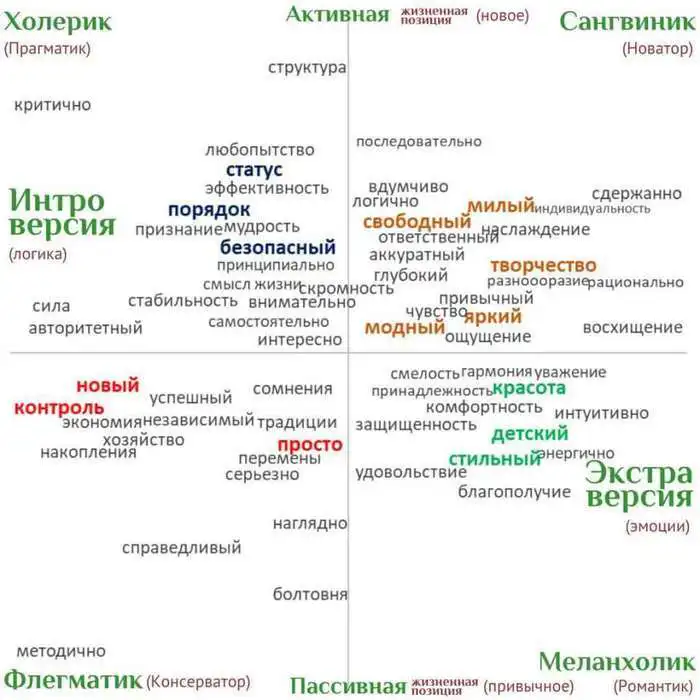
From Mad Men to Math Men
Дмитрий Коренев Просмотров: 3832
This post is the verbatim report of the presentation of Alexander Nix, Cambridge Analytica CEO, at Online Marketing Rockstars Festival 2017. Alexander talks about big data, the OCEAN methodology used to predict people's behavior and the persuasive power of psychometrics.
I`d like to talk today about three technologies, three methodologies, that are shaping the way the political campaigns, and brand, and communication campaigns are being delivered.
Behavioral Science
The first of these is Behavioral Science.
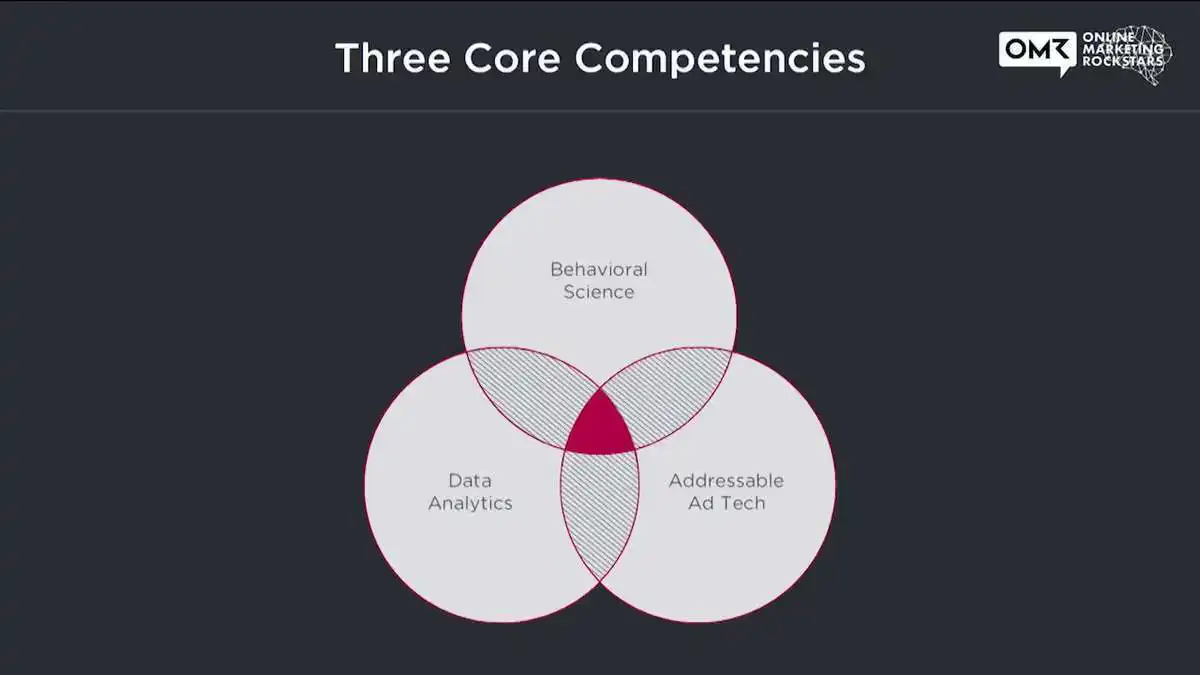
And probably the easiest way to explain this, is through illustration. Where you lucky enough to earn a private beach, and you wanted to stop people from swimming in your piece of the ocean, you might put up this piece of advertising on the left.
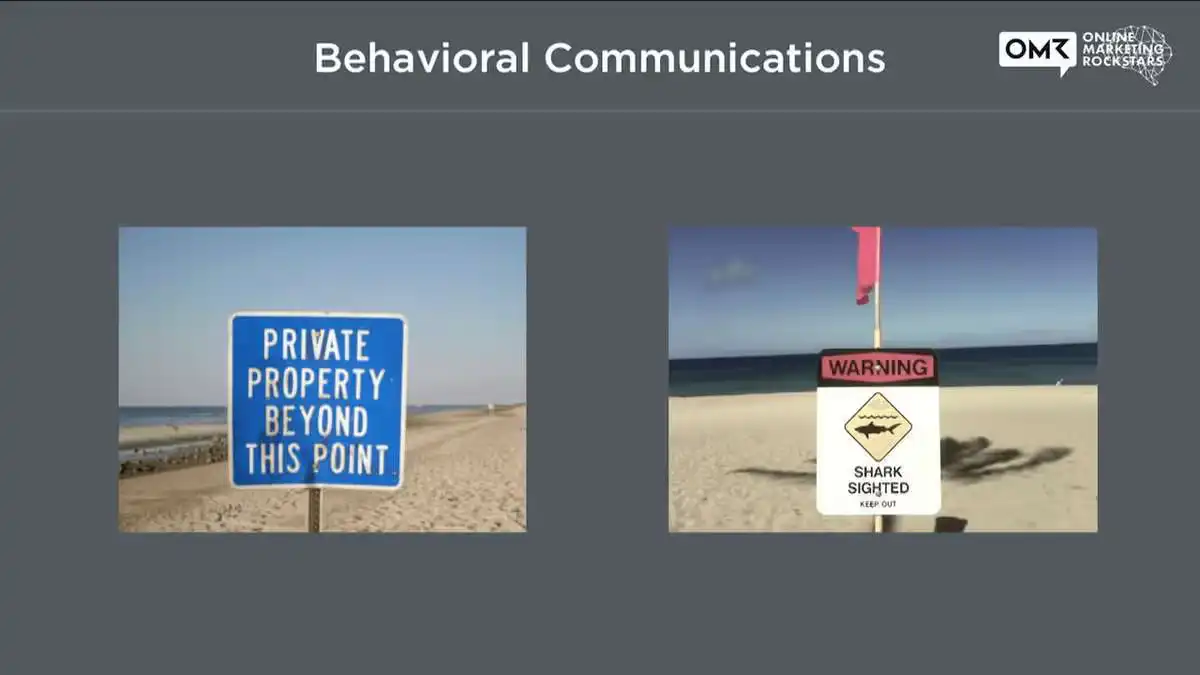
This is informational communication, and seeks to inform attitudes. Conversely, you might seek to employ the piece of communication on the right. This is behavioral communication, and it seeks to probe an altogether deeper motivation. Clearly, the threat of being eaten by a shark is a very compelling argument to stop the swimming in the sea.
Yet this is extremely difficult to do, and most advertising and communication agencies today still segment and target based on demographics, geographics, consumer and lifestyle attribution, and media consumption.
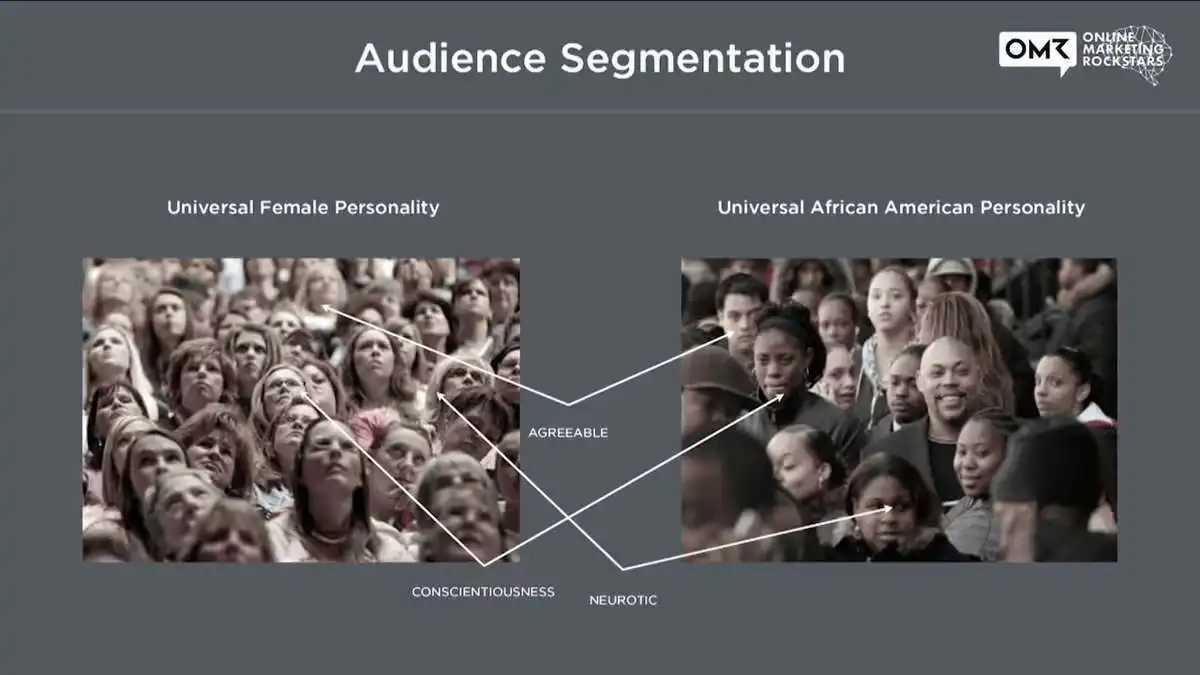
But when you stop for just a moment and think about this, the idea of segmenting audiences, say, based on gender is very ridiculous. The idea that all women should get the same message simply because of their sex, or all African Americans – because of affinity, or all old people, or rich people, or young people because of their demographics, it simply does not make sense.
Clearly, your demographics, your geographics, your media consumption, your consumer and lifestyle attributes will influence the way that you see the world.
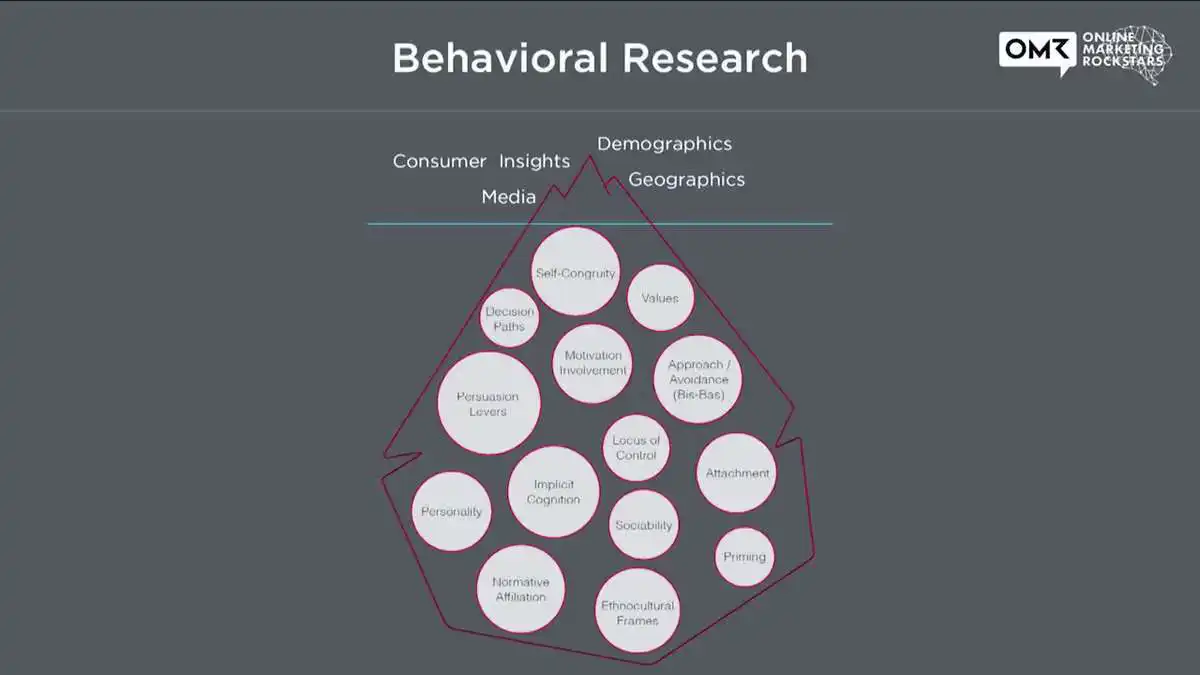
But as important, or possibly more important is personality, or psychographics. An understanding of personality is key, because it is personality that informs decision making, and clearly your decisions would drive the way that you vote, or which products and services that you purchase.
OCEAN Model
So in Cambridge we've wrote out a very long-form quantitative instrument to probe the underlying traits that make up your personality.
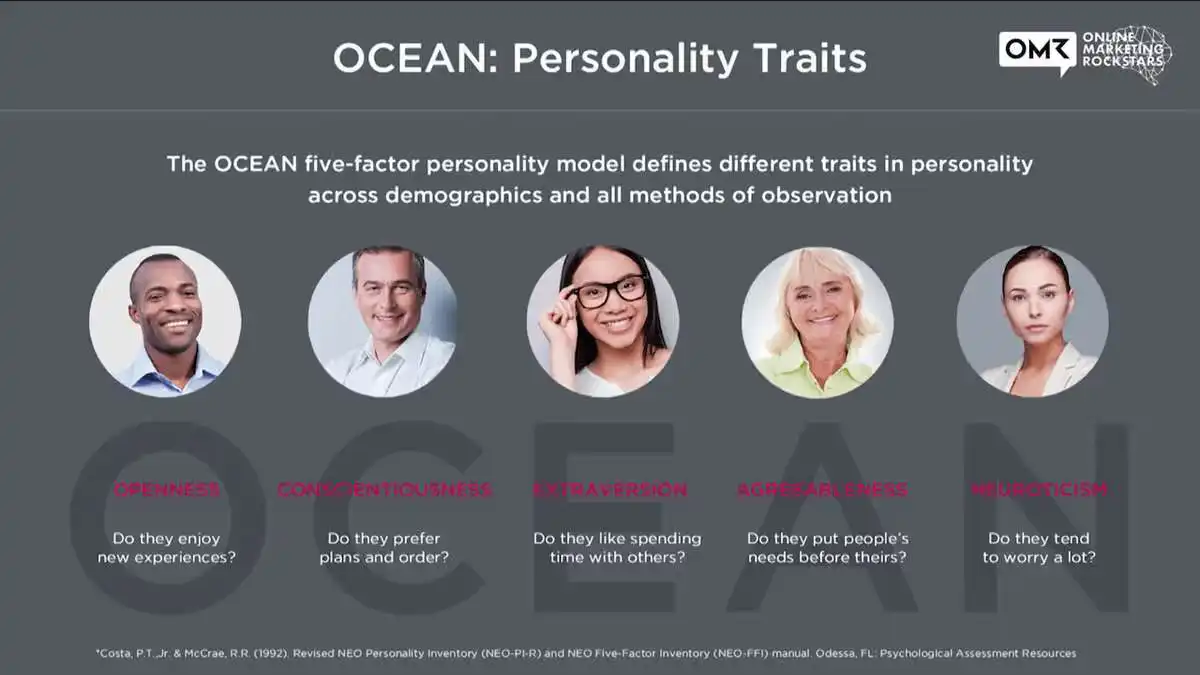
We use the experimental psychology. This is the OCEAN five-factor personality model. OCEAN being acronym for:
- Openness. How open you are to new experiences?
- Conscientiousness. How much you care about order and habits and planning in your life?
- Extraversion. How socially minded you are?
- Agreeableness. Whether you tend to put your needs ahead of society and community or vice versa.
- And finally neuroticism, a measurement of how much you tend to worry.
Why is this important? It's important because if you targeting audiences purely on demographics, you might end up sending the same message to people who really have very different worldviews. In this example these two individuals, both the same gender, both the same income, both the same lifestyle attributes, broadly.
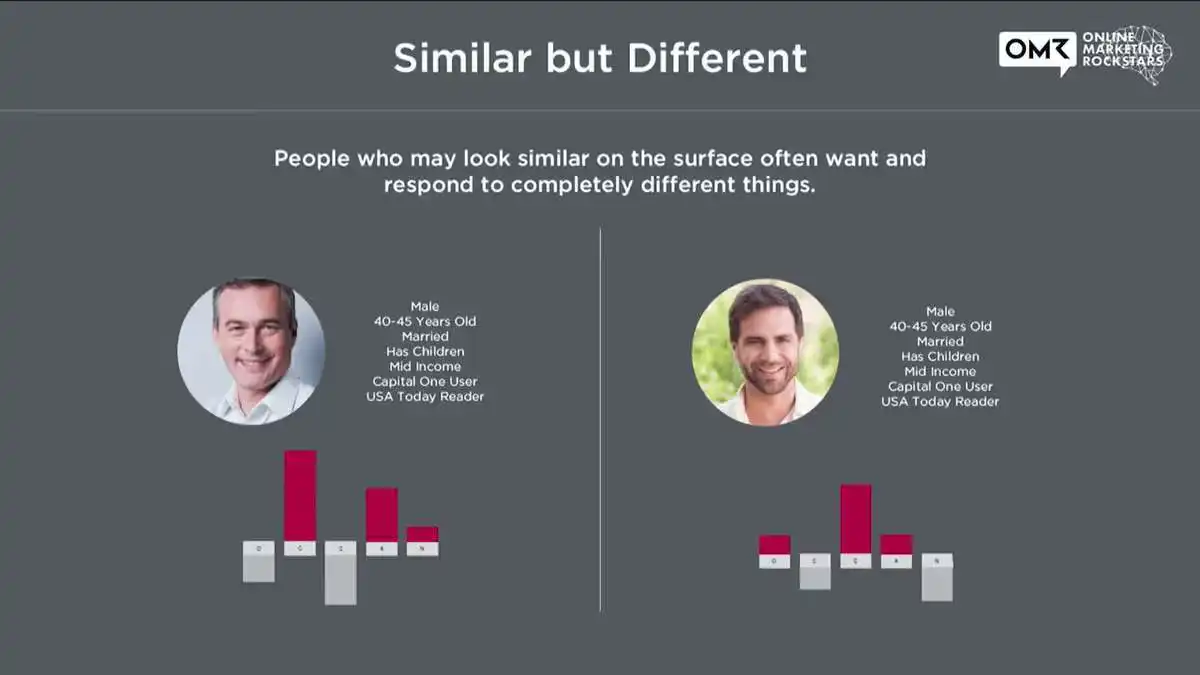
But we can see that the gentleman on left here has a very conscientious and agreeable personality, where is on this side the gentleman is very extraverted. So if we'd knew that both these individuals screening the market for an automotive, we might want to use psychographics to target and message them differently. Specifically, a highly agreeable person might be more interested in a product that had qualities that are more relevant in today's society, such as electronic engine. A conscientious person could be persuaded by a rational, fact-based argument, such as the one that set out in this piece of creative.
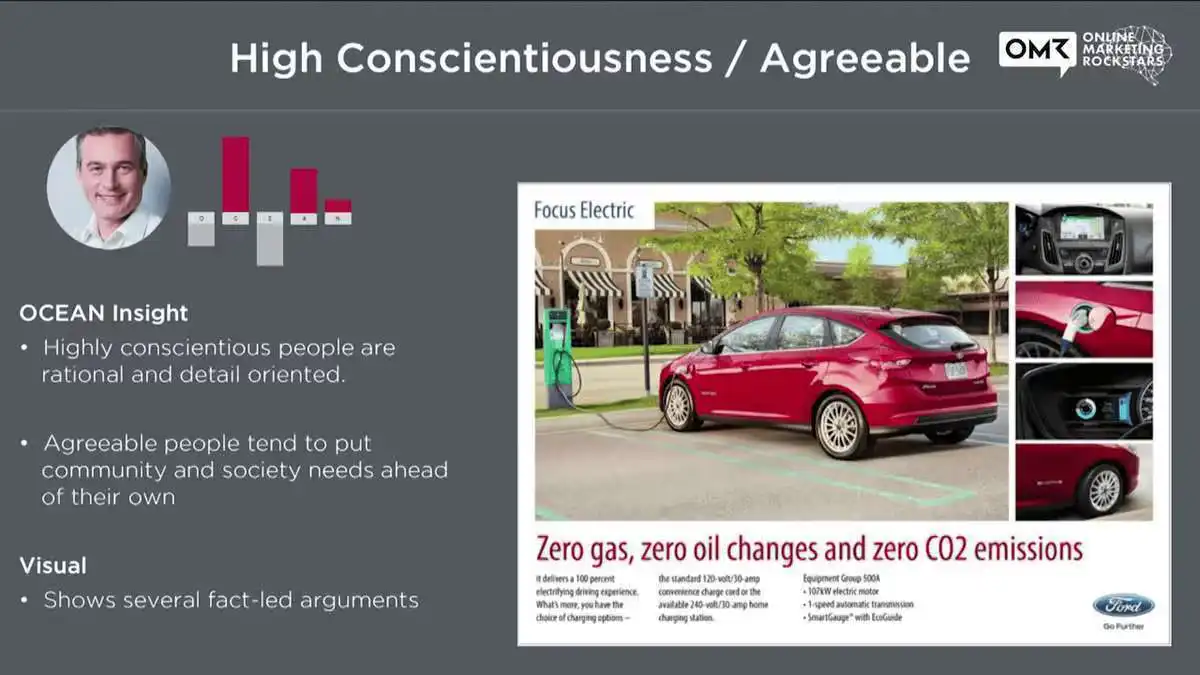
This is in contrast to an extravert, to whom we might want to market a sports car, and to use language and imagery that awakes the emotion and the experience the buying such a car we provide.
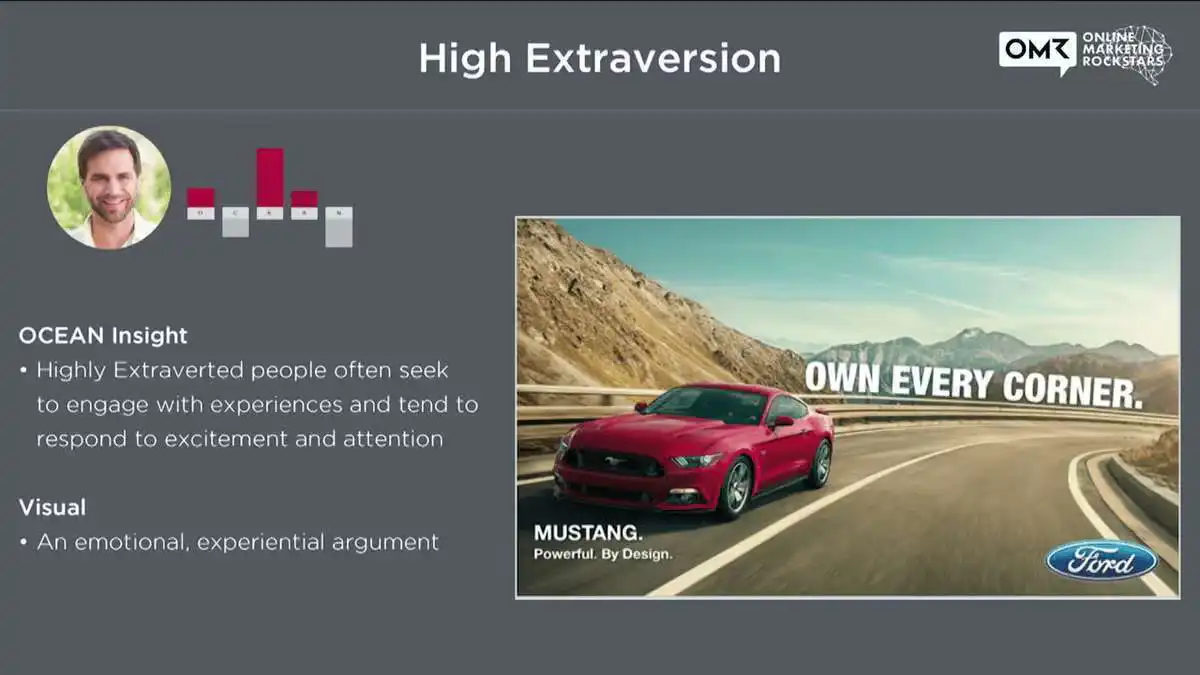
Big Data
The second technology I want to talk about is data analytics. Big Data is fundamentally changing the way that communications are undertaken. Back in the 1950ies, the era of mad men, creative was topped down. That is, brilliant minds came up with creative concepts, and they pushed them on to an audience in a hope that they would resonate.
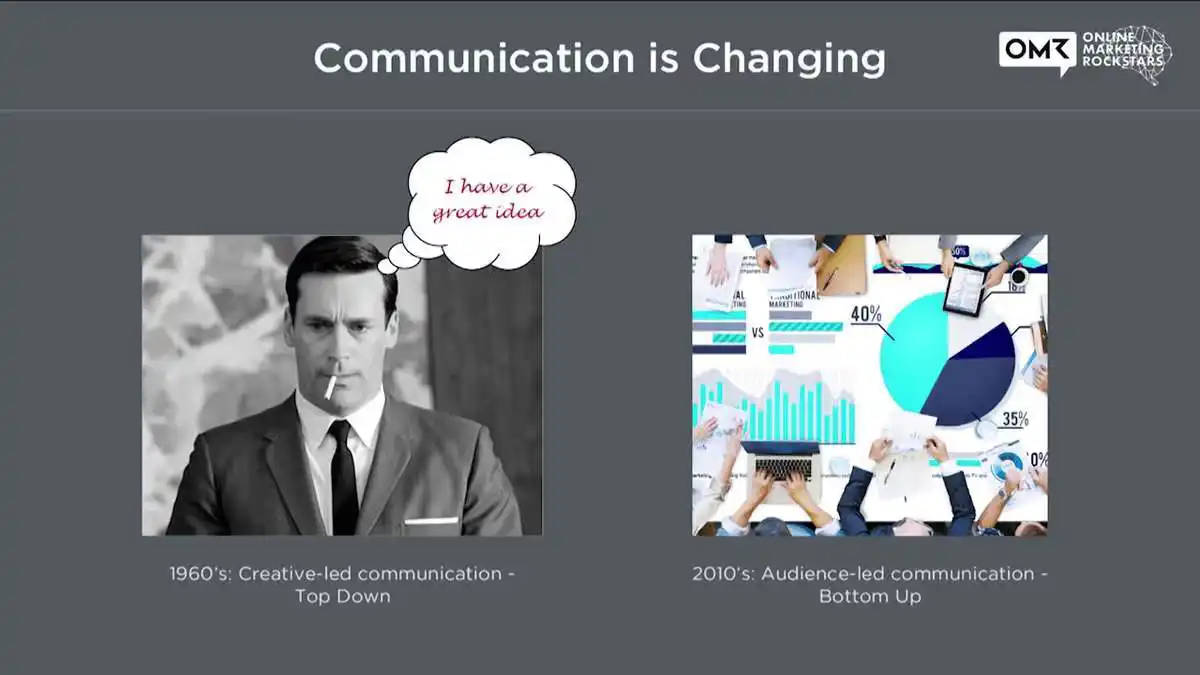
But today we can use Big Data to understand exactly what messages each specific group within a target audience need to hear, way before the creative process is even started.
So what is big data? Big data is really the aggregation of as many data points that even possibly get your hands on. This includes factual data. Demographic data, such as age, gender, ethnicity, and so forth. Attitudinal data. What car you drive, what magazines you read, what social media you engage with, what church you attend, what golf club you belong to, and so forth. And of cause behavioral or personality data, an understanding of your worldview.
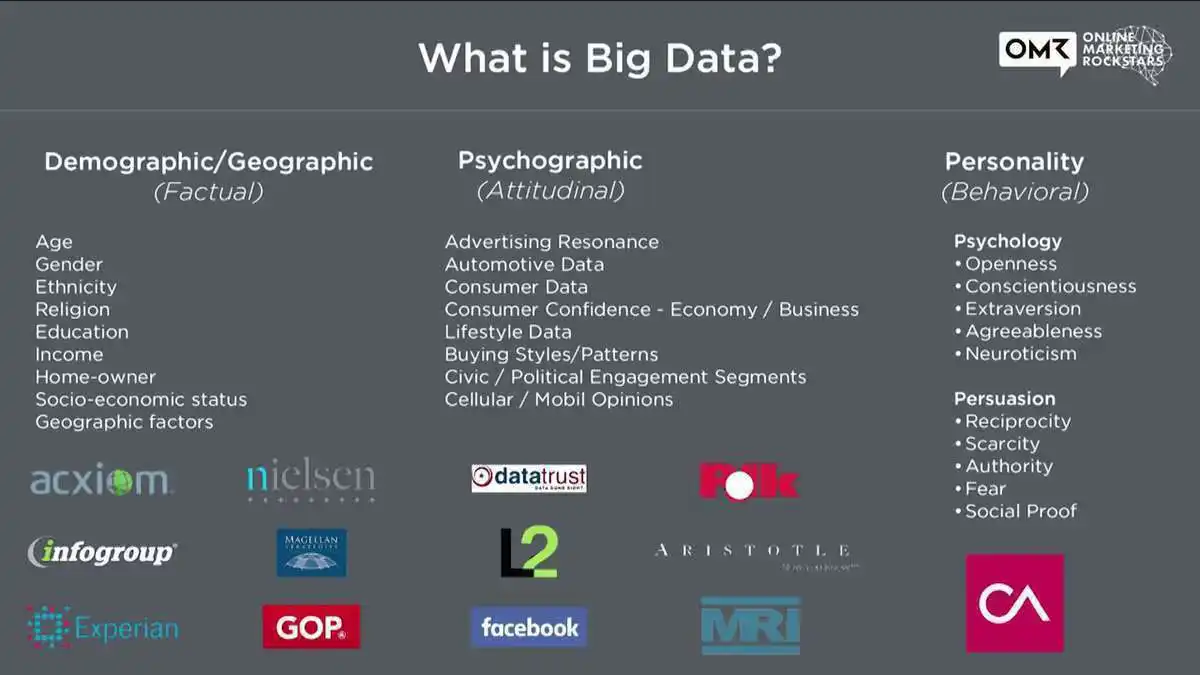
So we can take all these data and simplify them into one database of record, and use this to build complex but very powerful models about the audiences we seeking to engage with, and then use these models to drive a much more individualized communication engagement.

Let me illustrate this with a rather simple example for a dental product, a tooth paste. You can see a data dash board.
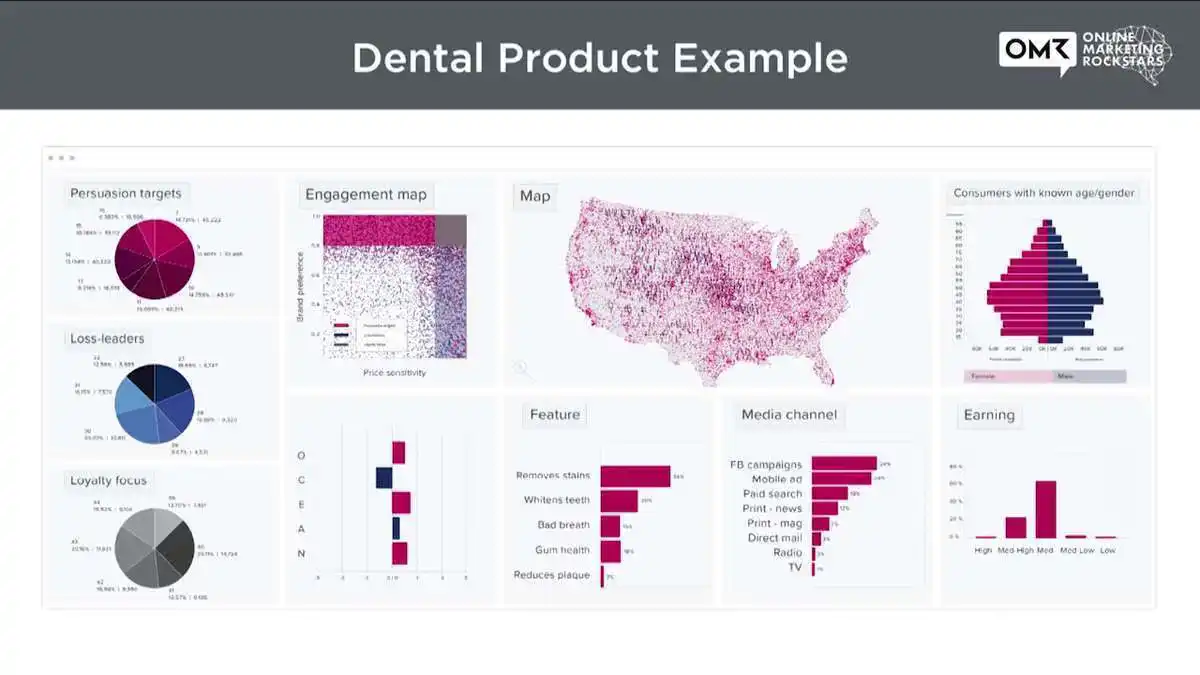
The engagement method here is divided between those people who more likely to be influenced by an economic argument, price sensitivity, and on the other right side we see those people more likely to engage with a brand preference. So, clearly the people on the right shaded blue might respond better to an offer for a discount. That could be a positive way to engage them. Conversely, the people who are stimulated by brand preference would need a persuasive argument based around product features, such as the ones listed here: removes stains, whitens teeth, bad breath, gum health, etcetera. This dash board also informs us about which media channels different audiences are likely to engage with. And earning potentials, therefore spending potentials, and basic demographics. Overlay on this is an understanding of personality, or psychographics, so we can start to knew on some messages, taking this into account.
So, how is this manifested self in a piece of creative? If the audience we seeking to engage with is largely female, 25 to 30, single, middle income and so forth, that needs to be reflected in creative both in imagery and in a language that we use.
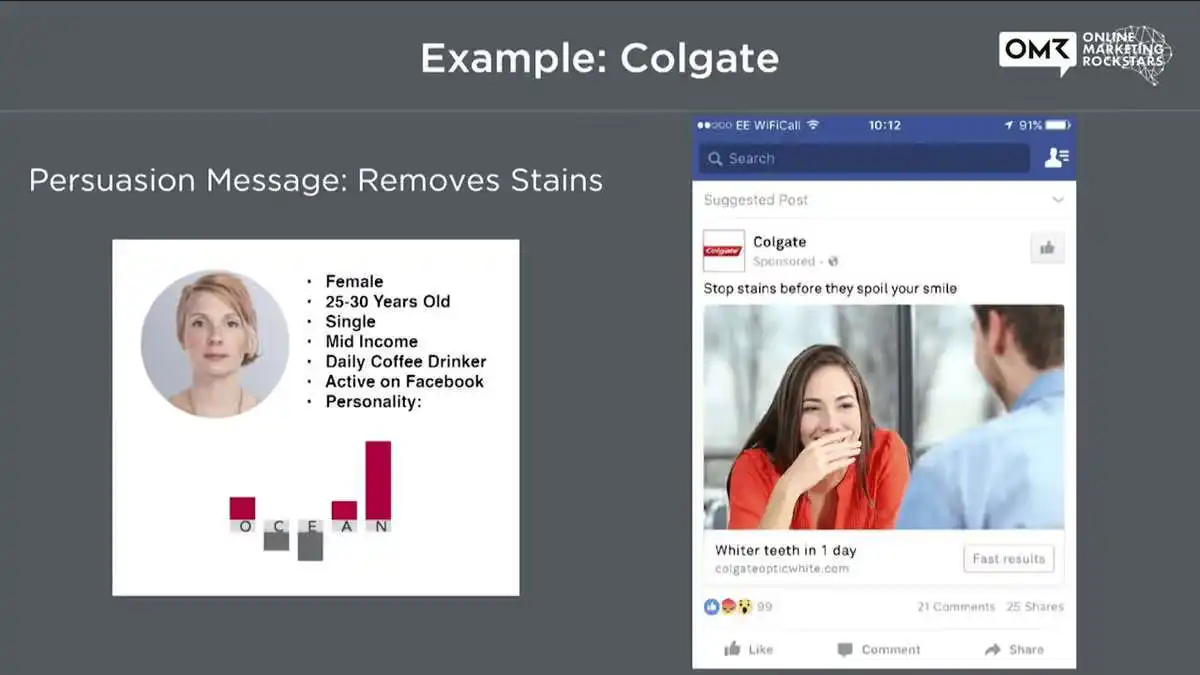
We can see that this person or this group is active on Facebook, so that could be our channel of communication. Most importantly, we know we need the persuasion message, build around the fact that this tooth paste removes stains. And finally, the personality of this group is neurotic, so we need an emotional message. So the fact that stains might stop before they spoil your smile is a very powerful message indeed.
Add tech
The last leg of this tool is addressable add tech. I´ve said it before, and I´ll say it again, I am very much of the belief that blanket advertising is dead. The idea that millions of people are going to receive one piece of communication is something that our children will never understand.
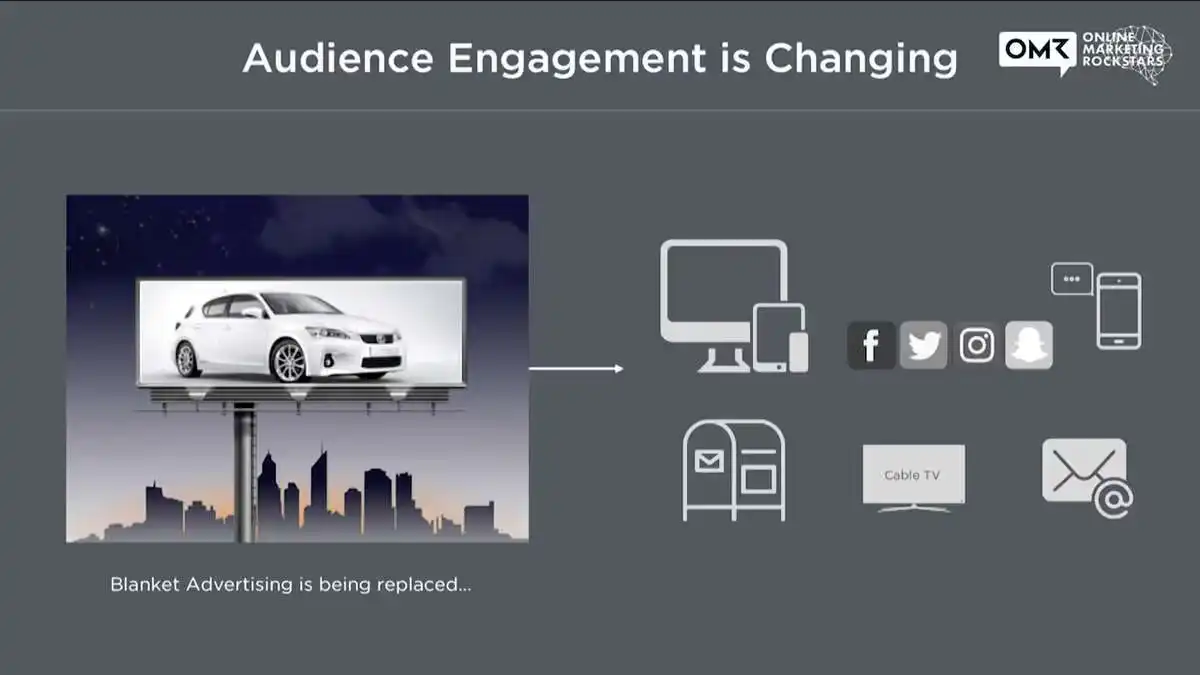
Communication is getting ever more individualized. We are moving to an age where we´ll have a personal relationship with brands. So whether we communicate with you through mail, e-mail, text, they are going to be writings to you as individuals, such that a husband or a wife in the same household can receive different communications even if they came from the same company and on the same product.
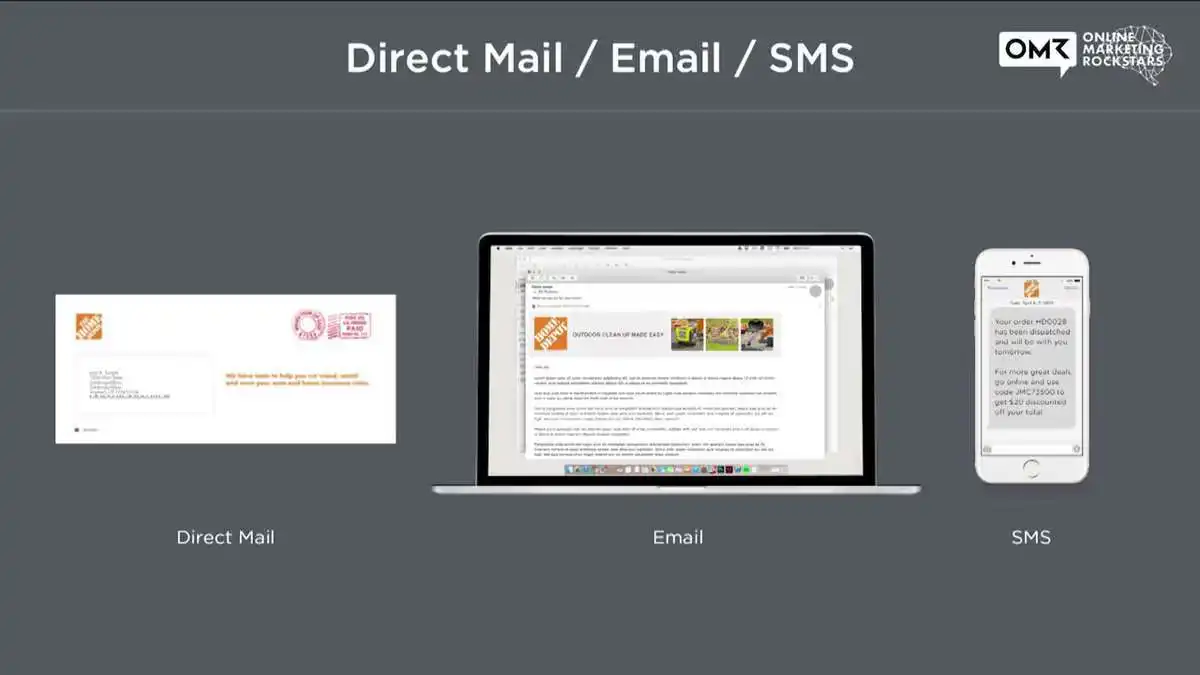
Bill Harvey famously said, "On average, a 10% increase in purchase-target density will generate 7% in incremental sales."
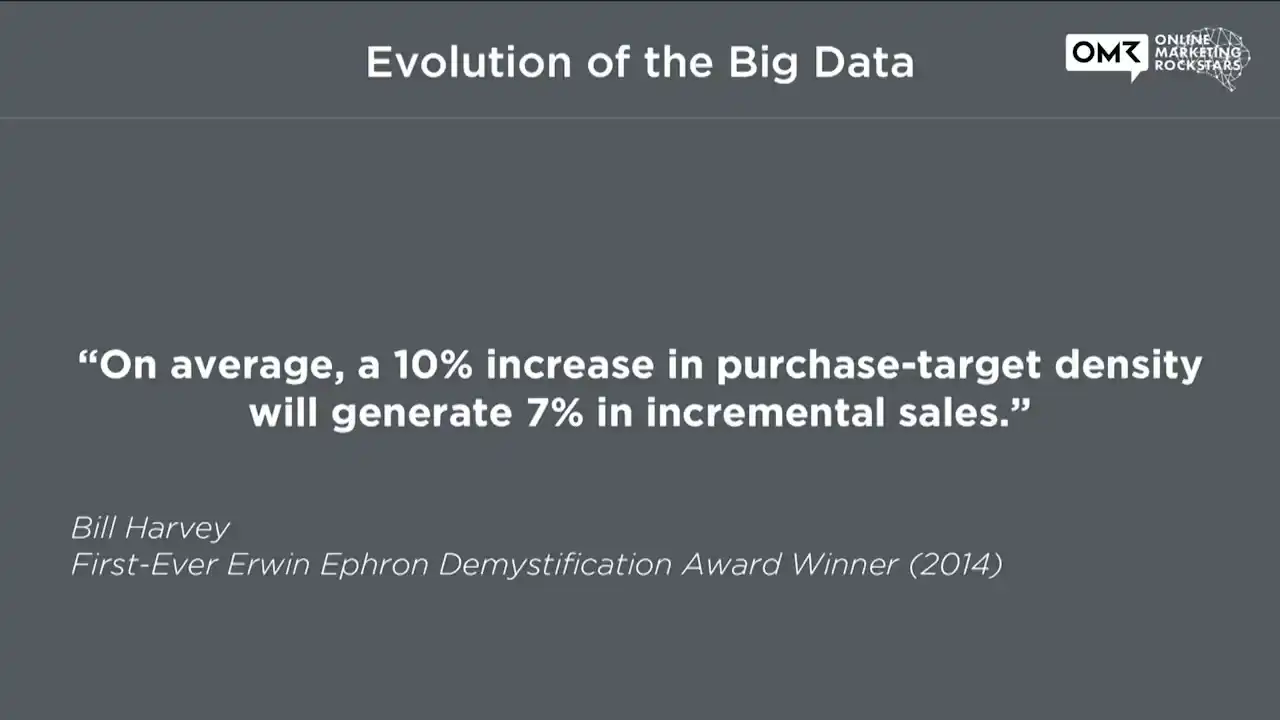
We can use digital marketing to upload offline target segments with cookies, in order to identify and engage the densest possible audiences for specific messages.
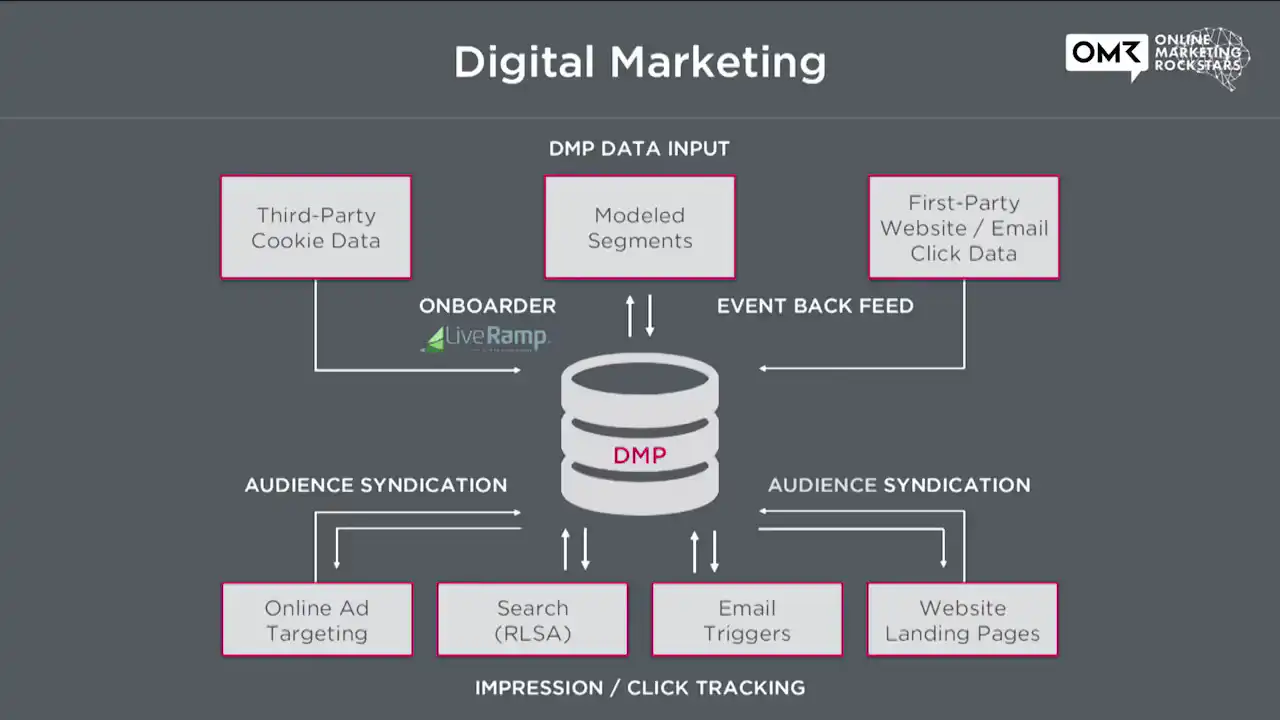
In America, we can also take offline target segments and match them to sat top box viewing data. … We can merge this viewing habits against the audiences that were interesting in marketing tool, such that they can purchase inventory in the programs that have highest density of the people we want to engage with.
If you are in any doubt about what I am saying, have a look at where the money is going. Have a look at where the big brands, the big advertising agencies are investing. Wall Mart and Ford both have invested hundreds of millions of dollars in last couples of years in building analytics capabilities, or acquiring them.

Ogilvy, the advertising giant, just last week launched the Center of Behavioral Science, in the attempt to understand the impact of psychology on marketing. Kroger, the retail giant, acquired Dunnhumby, the British analytics firm. Martin Sorrel, the guru of advertising, for at least four years has been talking about the shift away from creative and towards science and data. And again Havas, French conglomerate is moving in the same direction.

